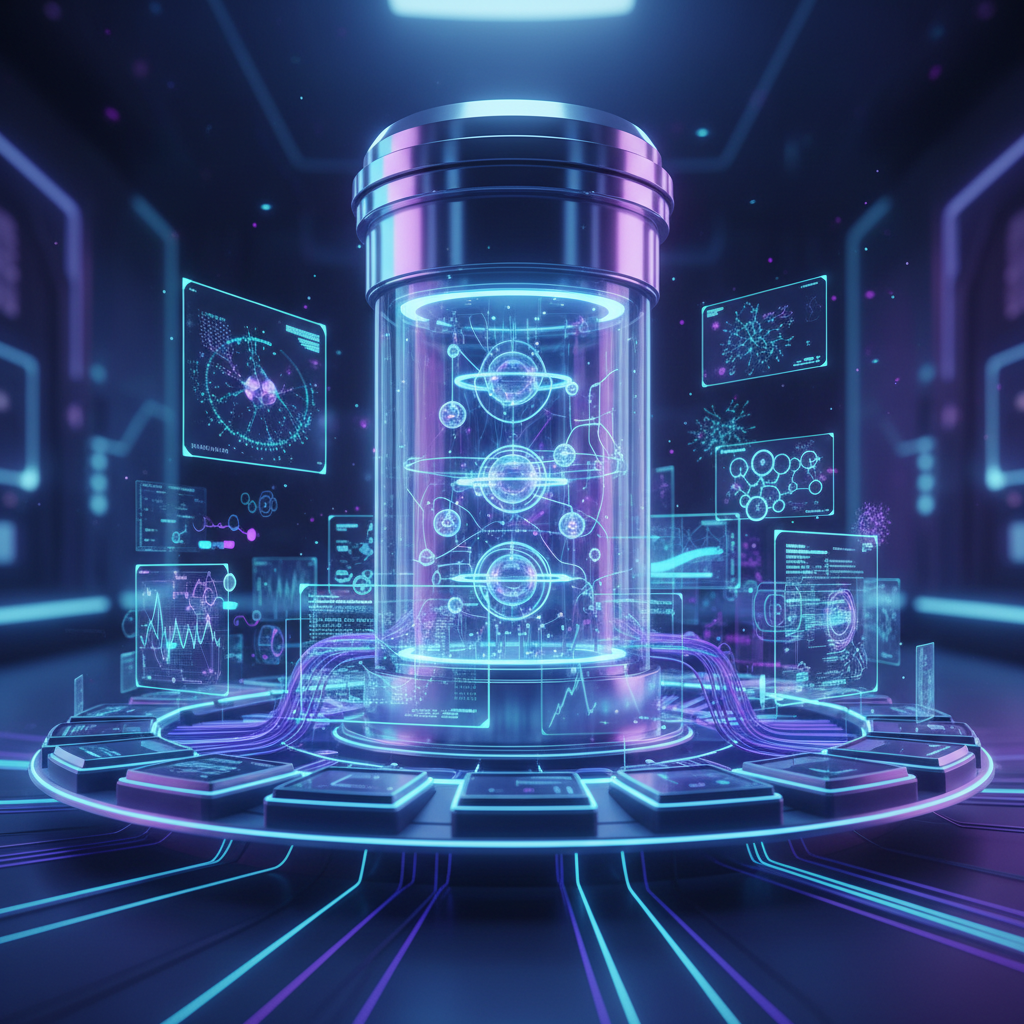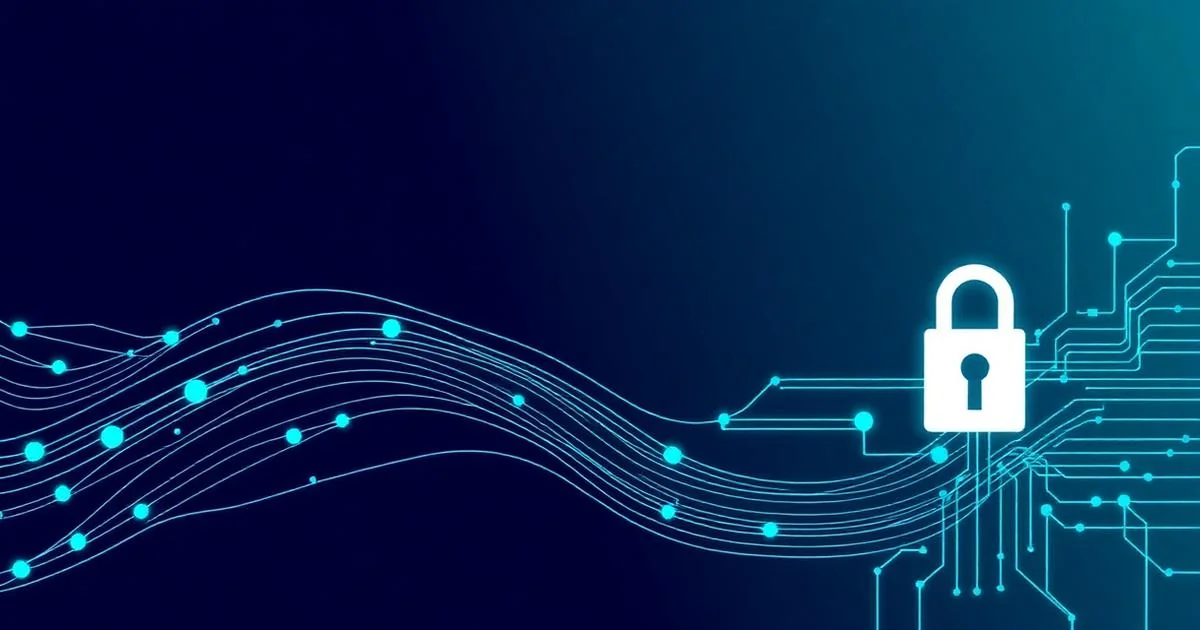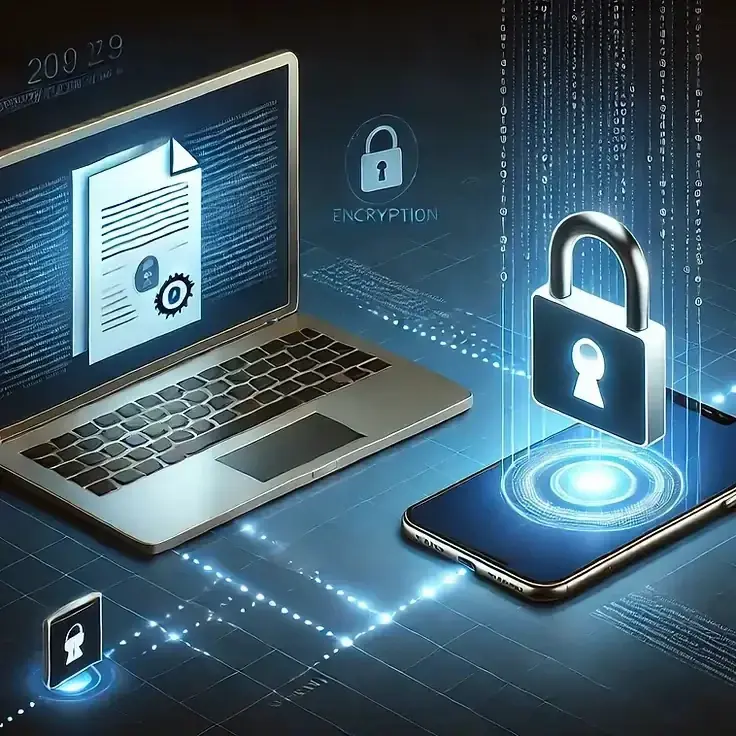
Harvest-Now-Decrypt-Later (HNDL) is the practice of collecting encrypted data today with the intent to decrypt it in the future—for example, once large-scale quantum computers or new cryptanalytic breakthroughs become available. Long-lived secrets (contracts, mission data, health records) and regulated workloads face elevated risk because the confidentiality window extends for years or decades.
Attackers don’t have to break encryption now—they can exfiltrate ciphertext and wait. If a scheme weakens later, previously harvested data becomes readable. This is particularly critical for governments, defense supply chains, financial institutions, and enterprises with compliance retention requirements.
The threat timeline has compressed. While large-scale quantum computers capable of breaking RSA-2048 or ECC P-256 don’t exist today, projections suggest viable attacks within 10-15 years. Data encrypted today with classical algorithms may become vulnerable within the retention period of:
Organizations that delay migration risk exposing sensitive data that was encrypted years before quantum capability emerged. The window to act is shrinking.
NIST has standardized three post-quantum algorithms:
Begin phased rollout to key exchange mechanisms immediately. Hybrid approaches (classical + PQ) provide backward compatibility during transition.
Relying on a single PQ family (e.g., only lattice-based) creates correlated failure risk. If a breakthrough weakens lattices, all your encrypted data is exposed. Defense-in-depth requires combining independent families:
Dual-layer composition raises the cost of future decryption even if a single family degrades.
PQ algorithms alone aren’t sufficient. Organizations must:
Cellcrypt implements a dual-layer PQ architecture that composes:
This composition sits atop modern end-to-end encryption, strong identity, and policy controls. The result:
Learn more: How Cellcrypt’s dual-layer PQ encryption works
Collecting encrypted data now to decrypt later, e.g., with future quantum capabilities or cryptanalytic advances.
By combining two independent post-quantum families (CRYSTALS-Kyber + Classic McEliece) alongside modern E2EE and policy controls. This dual-layer approach ensures that even if one family is compromised, the other remains secure.
Yes. If your data must remain confidential for years, you should begin phased PQ rollout and policy updates immediately. Delaying migration increases the risk that harvested data will become readable within your retention window.
CRYSTALS-Kyber is highly efficient (sub-millisecond operations). Classic McEliece has larger keys but is suitable for key establishment. In practice, dual-layer overhead is negligible for voice, messaging, and file transfer.
Hybrid is a good first step for backward compatibility, but dual-PQ (two independent PQ families) provides stronger defense-in-depth against correlated failure.

Global VoIP/VVoIP threats—from SIP floods and DDoS to harvest-now, decrypt-later—are rising fast. This definitive 2025 guide explains the risks, real breaches, standards, and the practical roadmap to harden voice and video communications now.

In 2025, sending files securely is no longer optional—it's essential. Whether you're sharing legal contracts, personal records, business plans, or financial data, unencrypted documents are vulnerable to breaches, interception, and accidental leaks.

Discover why secure out-of-band communication channels are mission-critical for cybersecurity incident response and business continuity planning.